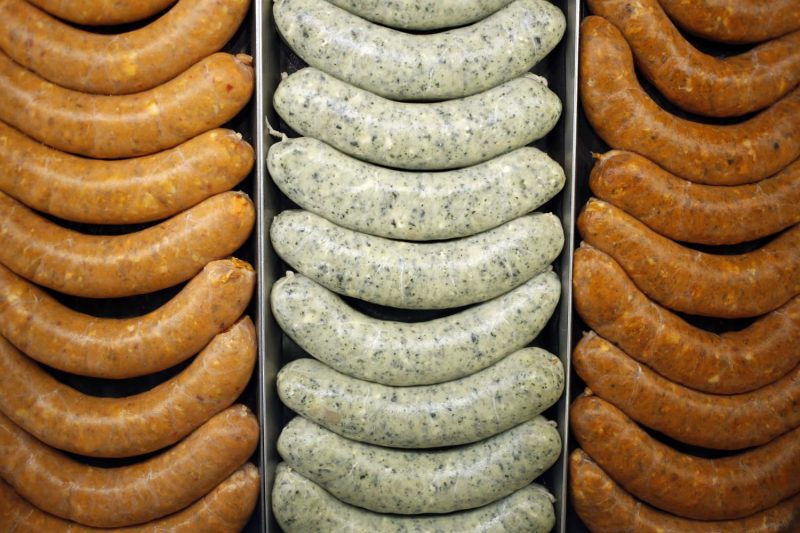The Dallas Federal Reserve’s recent survey findings on the increased demand for sausages in the economy have raised concerns about the underlying economic trends. The surge in sausage consumption, while seemingly unrelated to economic indicators at first glance, can actually reflect shifts in consumer behavior and sentiment that signal potential economic challenges on the horizon.
One possible interpretation of the uptick in sausage sales is that consumers are seeking more affordable food options due to financial constraints. When individuals or households tighten their budgets, they may opt for cheaper food items like sausages over pricier alternatives. This switch can be a reflection of reduced discretionary spending and a need to allocate resources more cautiously, which could indicate a broader trend of economic uncertainty or decline.
Moreover, the increased demand for sausages may also point to underlying concerns about job security and income stability. In times of economic uncertainty, individuals may gravitate towards familiar, comforting foods like sausages, which are perceived as affordable and filling. This shift in consumer preferences can serve as a barometer for sentiment around economic stability and personal financial well-being.
Additionally, the sausage industry itself may provide insights into broader economic trends. As a critical component of the food supply chain, changes in sausage production and consumption can reflect shifts in agricultural practices, supply chain disruptions, or labor market dynamics. A sudden surge in sausage demand could strain resources in the agricultural sector or reveal vulnerabilities in the food distribution network, shedding light on systemic economic challenges that may ripple across various sectors.
Furthermore, the geographical distribution of increased sausage demand may offer valuable insights into regional economic disparities and resilience. Variations in consumer behavior across different regions can highlight disparities in income levels, cost of living, or employment opportunities. By analyzing where the surge in sausage sales is most pronounced, policymakers and economists can better understand the localized impact of broader economic trends and tailor interventions accordingly.
In conclusion, while the correlation between sausage demand and economic indicators may seem tangential, a deeper analysis reveals valuable insights into consumer behavior, sentiment, and systemic economic trends. The Dallas Fed’s survey findings underscore the importance of monitoring seemingly unconventional metrics to gain a comprehensive understanding of economic dynamics and anticipate potential challenges. By recognizing the significance of sausage demand as a potential red flag for the economy, stakeholders can proactively address underlying issues and mitigate risks to ensure a more resilient and sustainable economic future.

